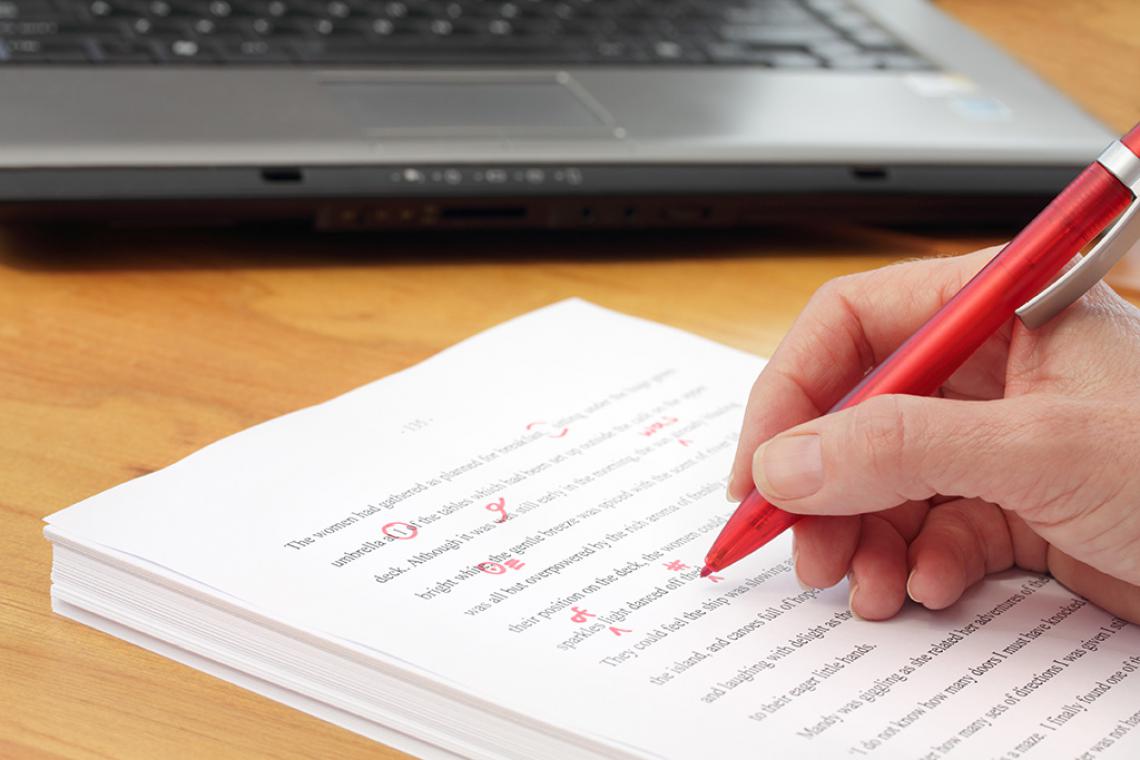This process goes beyond simple spell-checking, involving a meticulous review of grammar, style, tone, and context to deliver a seamless reading experience. Below, we explore the key aspects of translation proofreading and why it matters.
Understanding Translation Proofreading
Translation proofreading involves reviewing a translated text to identify and correct errors in language, meaning, and presentation. Unlike editing, which may involve significant rewriting, proofreading focuses on refining the text while preserving the translator’s work. Proofreaders ensure that the translation aligns with the source text’s intent and adheres to the target language’s conventions.
Why Proofreading Matters
Errors in translation can lead to misunderstandings, misrepresentations, or even offense in some cultural contexts. Proofreading mitigates these risks by:
Ensuring accuracy in terminology, especially in technical or legal documents.
Maintaining consistency in tone and style across the text.
Enhancing readability to make the content engaging and professional.
Avoiding costly revisions or reputational damage due to poor-quality translations.
Key Steps in Translation Proofreading
Effective translation proofreading follows a structured approach:
Compare Source and Target Texts: Verify that the translation accurately conveys the meaning of the original text without omissions or additions.
Check Grammar and Syntax: Ensure the target text follows the grammatical rules and sentence structures of the target language.
Review Terminology: Confirm that industry-specific or technical terms are used correctly and consistently.
Assess Cultural Nuances: Evaluate whether the translation is culturally appropriate and avoids idioms or references that may not resonate with the target audience.
Polish Style and Flow: Refine the text to ensure it reads naturally and maintains the intended tone.
Tools and Techniques for Proofreaders
Modern translation proofreaders often rely on tools to enhance efficiency:
CAT Tools: Computer-assisted translation tools like SDL Trados or MemoQ help maintain consistency by using translation memories and glossaries.
Spell Checkers: Tools like Grammarly or Microsoft Word can catch basic errors, though they’re not a substitute for human expertise.
Style Guides: Following client-specific or industry-standard style guides (e.g., Chicago Manual of Style) ensures uniformity.
Collaboration: Working closely with translators to clarify ambiguities can improve the final output.
Challenges in Translation Proofreading
Proofreading translations comes with unique challenges:
Balancing Fidelity and Creativity: Proofreaders must respect the translator’s choices while ensuring the text feels natural in the target language.
Time Constraints: Tight deadlines can pressure proofreaders to rush, risking oversight of subtle errors.
Subject Matter Expertise: Technical texts may require proofreaders to have specialized knowledge to verify accuracy.
Cultural Sensitivity: Misjudging cultural references can alienate readers or cause unintended offense.
Best Practices for Effective Proofreading
To excel in translation proofreading:
Read the text multiple times, focusing on different aspects (e.g., accuracy, grammar, style) in each pass.
Take breaks to maintain focus and avoid overlooking errors.
Use a checklist to ensure all key elements (e.g., numbers, dates, proper nouns) are verified.
Seek feedback from native speakers of the target language when possible.
Stay updated on language trends and industry standards to deliver high-quality work.
Conclusion
translation proofreading is an indispensable part of the translation process, ensuring that the final text is accurate, polished, and culturally resonant. By addressing linguistic, stylistic, and contextual nuances, proofreaders play a vital role in bridging communication gaps across languages. Whether for business, literature, or technical content, thorough proofreading elevates the quality of translations and fosters trust with the audience.















